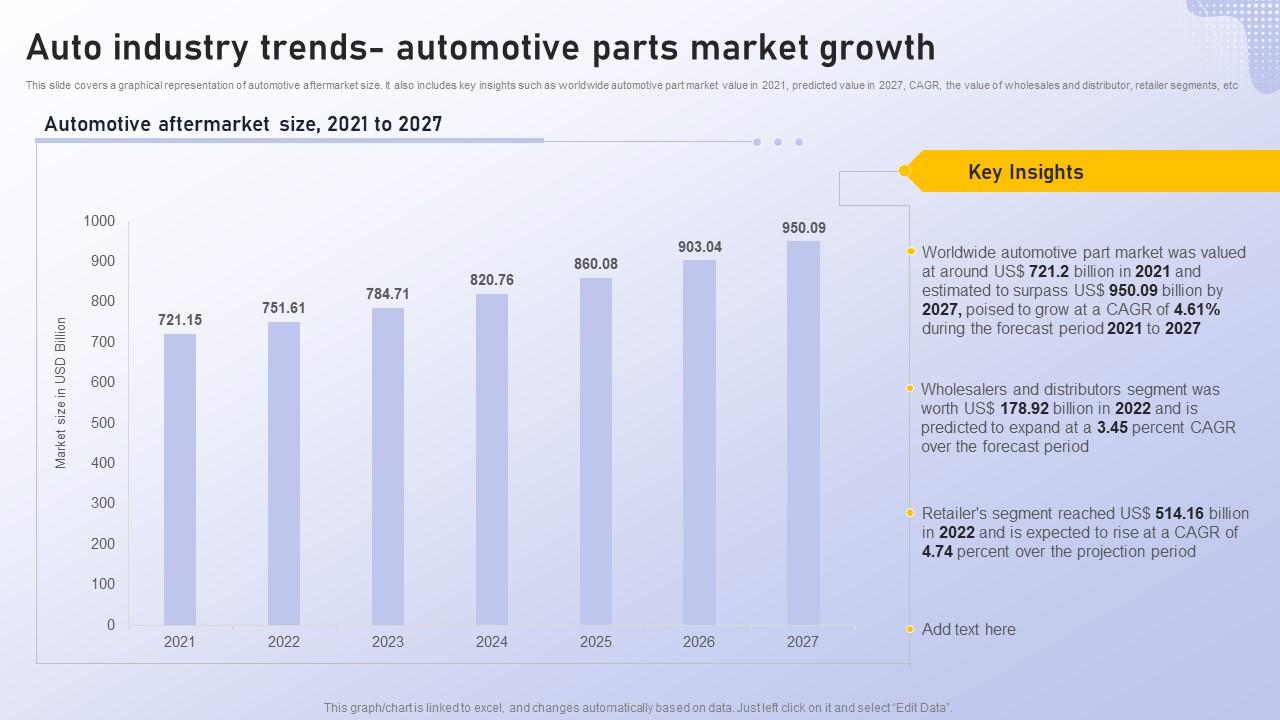The China Factor: Analyzing Automotive Market Difficulties For Premium Brands

Table of Contents
Intense Domestic Competition
Chinese domestic brands are rapidly gaining ground, posing a significant threat to established premium players. This escalating competition intensifies price wars, squeezing profit margins and forcing luxury brands to re-evaluate their strategies.
-
The Rise of Domestic Powerhouses: Companies like Nio, Xpeng, and BYD are not just producing cars; they're building powerful brands, leveraging cutting-edge technology and appealing designs to attract Chinese consumers. These brands often offer comparable features at significantly lower prices.
-
Shifting Consumer Loyalty: Chinese consumers, especially younger buyers, are increasingly prioritizing domestically produced electric vehicles (EVs) that boast advanced features and competitive pricing. This shift in loyalty demands a strategic response from premium brands.
-
Maintaining Brand Prestige: The influx of affordable luxury alternatives challenges established premium brands to differentiate themselves beyond mere price. Focusing on unique brand identity, superior craftsmanship, and exclusive experiences is crucial.
-
Beyond Price Differentiation: Premium brands need to leverage their heritage, craftsmanship, and unique brand stories to justify higher price points. This requires more than just technological superiority; it demands building a strong emotional connection with the Chinese consumer.
Shifting Consumer Preferences
The Chinese automotive market is characterized by rapidly evolving consumer preferences. Understanding these shifts is critical for premium brands aiming to succeed. Younger generations, in particular, are driving these changes.
-
The Electrification Mandate: The demand for electric vehicles (EVs) and hybrid vehicles is soaring. Chinese consumers are increasingly environmentally conscious and prioritize sustainable transportation solutions.
-
Tech-Savvy Consumers: Chinese consumers expect advanced driver-assistance systems (ADAS), sophisticated connected car technologies, and seamless integration with their digital lifestyles. Falling short on technology will lead to losing market share.
-
Sustainability and Brand Values: Consumers are increasingly aligning their purchasing decisions with their values. Demonstrating a commitment to sustainability and aligning with Chinese cultural values becomes a critical factor for gaining trust and loyalty.
-
Digital Engagement is Key: Effective digital marketing strategies, building strong online communities, and leveraging social media platforms are essential for reaching and engaging the tech-savvy Chinese consumer.
Regulatory Hurdles and Trade Policies
Navigating China's complex regulatory landscape is a major challenge for premium automotive brands. Import tariffs, stringent emission standards, and localization requirements add layers of complexity to operations.
-
Stringent Emission Regulations: China’s stringent emission standards and the aggressive push for electric vehicle adoption require significant investment in research and development, as well as adaptation of production lines.
-
Complex Import Procedures: The complex import and customs procedures can lead to supply chain inefficiencies and increased costs. Streamlining these processes is essential for competitiveness.
-
Localization Strategies: Meeting local regulations and consumer expectations necessitates localization strategies, including adapting designs, features, and even marketing messages to resonate with the local market.
-
Trade Policy Volatility: Fluctuations in trade policies can significantly impact market stability and investment decisions. Developing strategies to mitigate these risks is crucial for long-term success.
Supply Chain Disruptions & Infrastructure Challenges
Global supply chain disruptions and infrastructure limitations within China present further operational hurdles for premium automotive brands.
-
Global Chip Shortage Impact: The ongoing global shortage of semiconductor chips continues to impact production volumes and delivery timelines, creating uncertainty and frustration for consumers and manufacturers alike.
-
Infrastructure Bottlenecks: Infrastructure challenges in transporting vehicles and parts across China's vast geography can lead to delays and increased logistics costs.
-
Supply Chain Diversification: Diversifying supply chains is essential to mitigate risks associated with disruptions and geopolitical instability. This might involve sourcing components from multiple regions and establishing strategic partnerships.
-
Strategic Partnerships: Collaborating with local suppliers improves efficiency, reduces costs, and enhances the understanding of the local market dynamics.
Conclusion
The “China factor” presents a complex mix of challenges and opportunities for premium automotive brands. Successfully navigating this market demands a deep understanding of evolving consumer preferences, proactive adaptation to the regulatory environment, and robust strategies to counter intense domestic competition and supply chain volatility. Premium brands must prioritize localization, technological innovation, and compelling brand storytelling to thrive. To conquer the Chinese premium automotive market, understanding and mastering the China factor is no longer optional—it's crucial for long-term success. Don't just react to the challenges; proactively seize the opportunities presented by this dynamic market.

Featured Posts
-
 Janet Jackson To Receive Icon Award At 2025 American Music Awards
May 27, 2025
Janet Jackson To Receive Icon Award At 2025 American Music Awards
May 27, 2025 -
 Unite Face A Faure Les Opposants Se Mobilisent Avant Le Congres Du Ps
May 27, 2025
Unite Face A Faure Les Opposants Se Mobilisent Avant Le Congres Du Ps
May 27, 2025 -
 30 Year Sentence For Longview Waffle House Murder
May 27, 2025
30 Year Sentence For Longview Waffle House Murder
May 27, 2025 -
 Mwed Msabqt Twzyf Bryd Aljzayr 2025 Kl Ma Thtaj Merfth
May 27, 2025
Mwed Msabqt Twzyf Bryd Aljzayr 2025 Kl Ma Thtaj Merfth
May 27, 2025 -
 Krrish 4 Latest Plot Leaks And Casting Speculation Nora Fatehi And Preity Zintas Potential Roles
May 27, 2025
Krrish 4 Latest Plot Leaks And Casting Speculation Nora Fatehi And Preity Zintas Potential Roles
May 27, 2025
